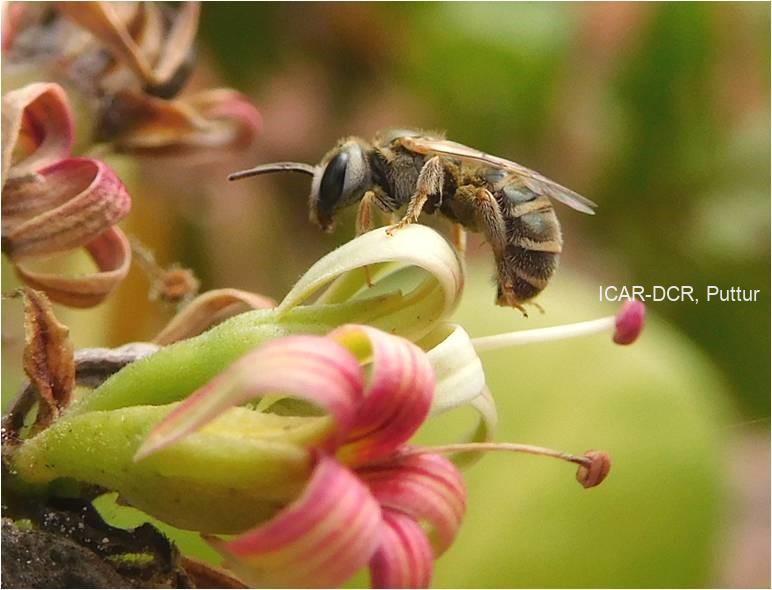In integrated pest management, a system-oriented approach is needed. A clear understanding of not only the target insect pests, but also other beneficial arthropods especially the associated natural enemies and their interaction with the pests is essential in devising an effective pest management module. In cashew plantations, several beneficial arthropods like predators, parasitoids and pollinators are commonly found and abundant.


Conservation and utilization of these natural enemies in managing the insect-pests is one important component of an integrated pest management strategy. Apart from predatory insects, a lot of spiders can be seen in the cashew plantations on cashew leaves, inflorescences, trunks, litter as well as in the soil. In general, the predatory arthropods found in the field conditions are generalist in nature and predate on different insect pests. In most circumstances, natural enemies manage the insect pests effectively, particularly the population of several minor pests of cashew is kept under control.
On the other hand, cashew is dependent on pollinators especially the bees for successful pollination and nut set. Honey bees as well as solitary bees are important to realize fruit set in cashew. It is interesting to note that, there are two species of wild silkworms occurring on cashew, which can be exploited for commercial silk production if suitable production strategies are devised. Besides these insects, other ecosystem service providers like insect decomposers/scavengers can also be found in the cashew plantations. Cashew apples and leaf litter are decomposed by a lot of insect species. However, not much information is available on these insects at present.


The details of important beneficial arthropods like natural enemies of different cashew pests including spiders, silk worms occurring on cashew, and the pollinators of cashew are presented here for providing basic information to the end users.


